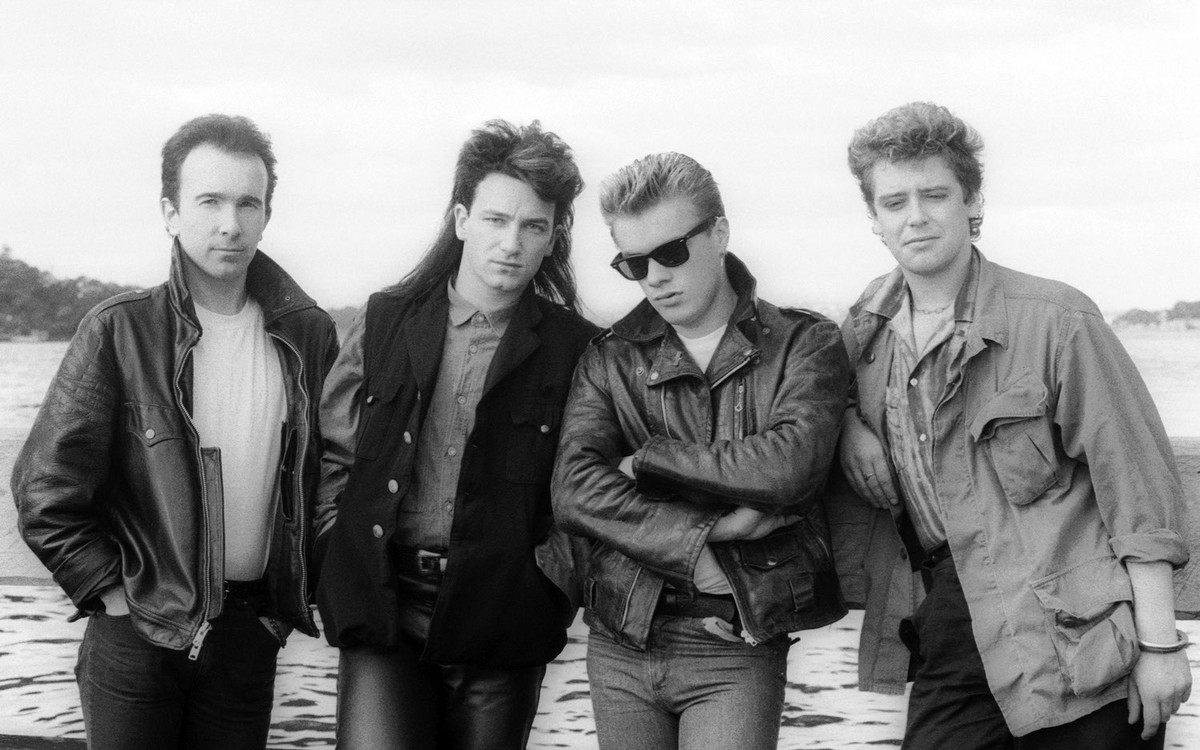From Boston basements to global mayhem
There’s something almost obscene about the way that riff slinks in. Joe Perry doesn’t just play guitar. He struts through it. Walk This Way is that rare track where swagger becomes architecture: every note of the intro is a wink, a smirk, a hip thrust. By the time the drums snap and Steven Tyler starts spitting rhymes like a street preacher on fire, the song’s already climbed in the ring and demanded your attention.
Released in 1975 on Toys in the Attic, this wasn’t supposed to be the hit. That honor was meant for Sweet Emotion. But Walk This Way had something primal in its DNA. It mashed up Chuck Berry storytelling with funk grooves and raunchy teenage mischief, all in under four minutes. The verses, with their machine-gun delivery and tongue-twisting lyrics, were inspired by a Mel Brooks film (Young Frankenstein, to be exact). Tyler scribbled the lyrics on a hotel wall, which may explain their chaotic, hormonal brilliance.
The genius of Aerosmith was always in how they made dirt sparkle. At their best, they were streetwise and filthy, but polished just enough to pass through your FM radio undetected. Walk This Way is the perfect exhibit: a funk riff buried inside a rock anthem, or maybe the other way around. Brad Whitford’s rhythm guitar keeps the groove grounded while Joey Kramer’s drumming bounces like a boxer waiting to strike. But it’s Tyler who steals the show, yowling, yelping, and yanking every syllable like he’s wrestling it into submission.
Aerosmith’s ‘Walk This Way’ is a hard-rocking, funky single that shows the band’s knack for catchy riffs and energetic delivery.
(Billboard Magazine, 1975)
Then came 1986. By then, Aerosmith were nearly spent: drugs, egos, and time had gnawed at the band’s guts. Enter Run-D.M.C. and producer Rick Rubin. The result? A cultural earthquake. That unexpected cross-genre resurrection changed the trajectory of popular music. Rap and rock had flirted before, but Walk This Way kicked the door down, sprayed graffiti on the walls, and left with everyone’s attention. It made MTV history, brought hip-hop into suburban living rooms, and proved that riffs and rhymes could dance together without stepping on each other’s shoes.
But even before the remix and the resurrection, the original Walk This Way had its place in the canon. It was a lightning strike of sleaze, funk, and tight-jeaned rebellion. It didn’t try to be deep. It tried to get you moving, grinning, maybe grinding a little. It succeeded. Decades later, that groove still purrs like a street racer in heat, and Tyler’s screams still echo with the wild joy of doing something just because it feels dangerously good.





